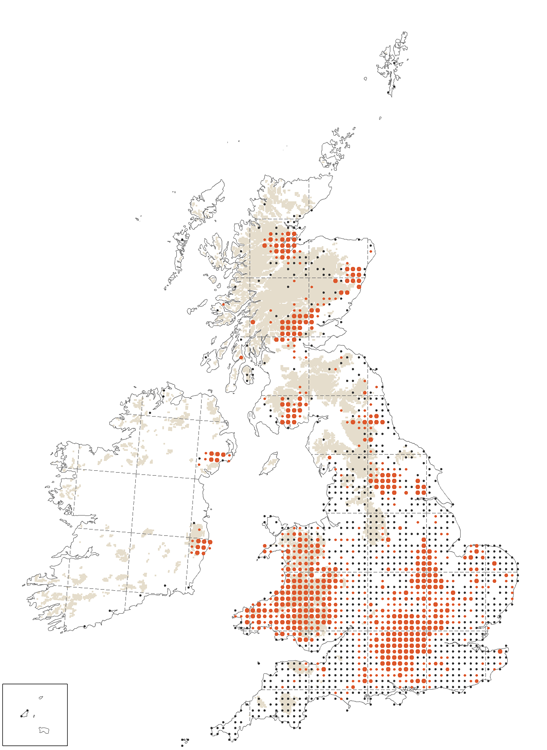.jpg) |
| Red Kite (Milvus milvus) |
But I want to focus on another topic. If you look up at the sky, you will see planes going to Heathrow Airport at almost any time of the day. But as often as planes, you can spot Red Kites soaring! First I thought I was lucky to see them, but after a while I noticed it was quite usual to see them, even over the city. There was even one which used to fly over my home every now and then. All of this was fascinating, as I've hardly seen Red Kites before.
Later on, I was told the captivating story of this animal, with a huge dose of drama but with a happy ending, and I decided to share it with you.
Red Kites, as many other species by that time, were considered a "vermin" which had to be killed. (In Spain we perfectly know the damage that vermin laws can do to wildlife, as they were valid until late 1970s). By the end of the 18th century, the species was swept from Scotland and England, and just a few couples remained in undisturbed Welsh oak woodlands.
At the beginning of the 20th century, individuals concerned about the conservation of the species created the first Kite Committee starting a nest protection scheme, with the support of the RSPB shortly after its creation. However, the expansion of the bird wasn't possible until the beginning of the 90s, when a series of reintroductions with individuals from several European countries took place with success (check the map attached).
Currently, The Welsh Kite Trust is leading the projects towards the conservation of this species in Wales. Its work and the recovering of the Red Kite population was (is!) so important that this bird was chosen Wales' favourite bird.
That's indeed a story with happy ending, but there are still lots of species in endangered status around the world. What we can do to save them? Do you have any idea? I'll surely write further about this in a future post.
Red Kites, as many other species by that time, were considered a "vermin" which had to be killed. (In Spain we perfectly know the damage that vermin laws can do to wildlife, as they were valid until late 1970s). By the end of the 18th century, the species was swept from Scotland and England, and just a few couples remained in undisturbed Welsh oak woodlands.
 |
| Breeding distribution of the Red Kite 2008 - 2011. Source: The British Trust for Ornithology |
Currently, The Welsh Kite Trust is leading the projects towards the conservation of this species in Wales. Its work and the recovering of the Red Kite population was (is!) so important that this bird was chosen Wales' favourite bird.
That's indeed a story with happy ending, but there are still lots of species in endangered status around the world. What we can do to save them? Do you have any idea? I'll surely write further about this in a future post.

No comments:
Post a Comment